Let’s face it – the age-old rivalry between cats and dogs isn’t just a cartoon trope. While many pups happily coexist with their feline family members, some breeds carry deep-seated instincts that make living with cats a real challenge. Maybe you’re a cat owner considering adding a canine companion, or perhaps you’re a dog lover wondering why your pup goes wild every time the neighbor’s cat strolls by.
Understanding which breeds have strong chase instincts can save both species from stress, injury, and heartbreak. It’s not that these dogs are mean-spirited – they’re simply hardwired by centuries of breeding to hunt, chase, or herd. When a cat suddenly darts across the room, something primal kicks in that’s almost impossible to ignore.
Jack Russell Terriers: The Relentless Chasers
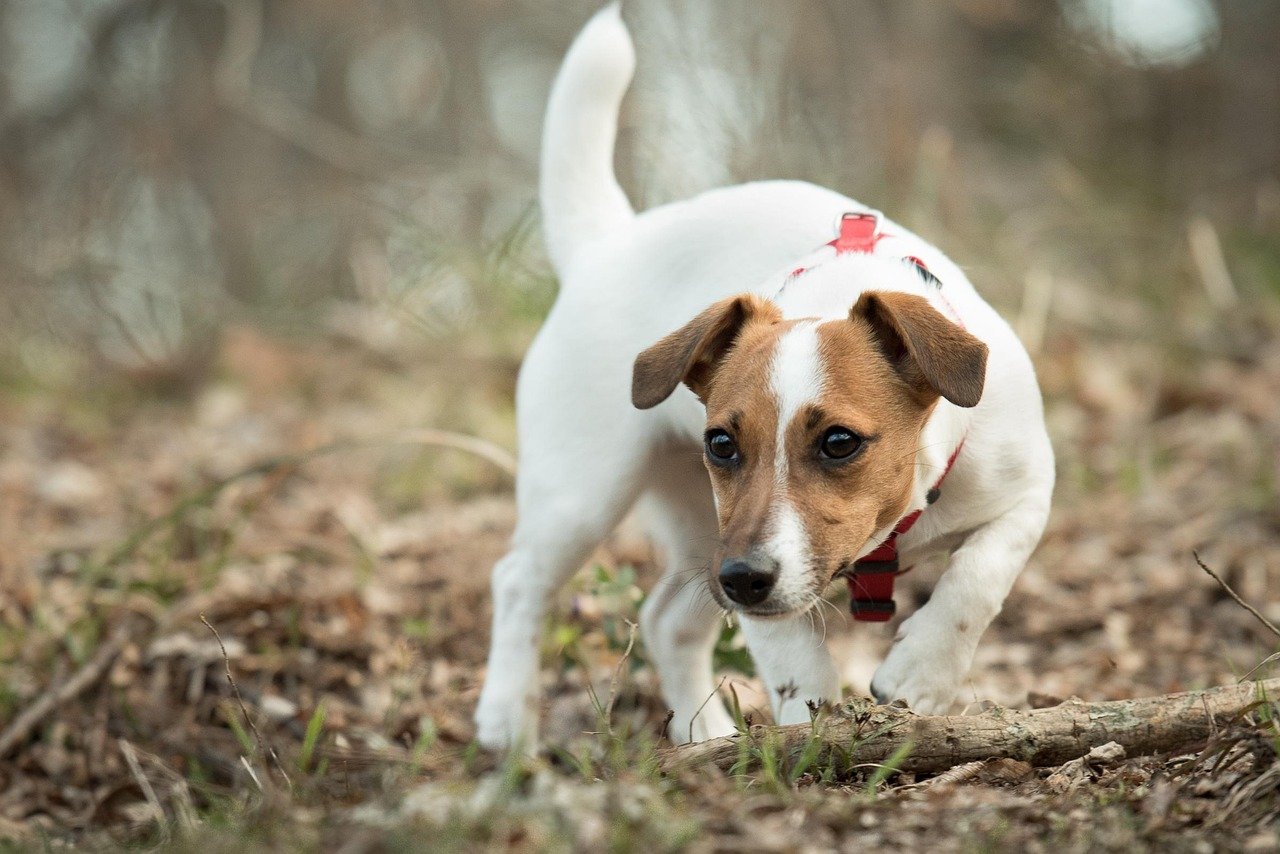
The Jack Russell Terrier is a small breed with plenty of energy for chasing cats across long distances. It’s very determined and stubborn and can hound a cat it has trapped for several hours. These feisty little dogs were originally bred to hunt foxes, which means they’ve got the stamina and determination to pursue anything that runs.
Picture this: your cat makes the mistake of running to the bathroom, and suddenly your Jack Russell has turned into a furry missile with laser focus. They don’t give up easily, and that relentless pursuit can turn your peaceful home into a war zone. Early socialization will help get the dog used to other pets, but it will likely always chase yard animals.
Australian Cattle Dogs: The Persistent Herders
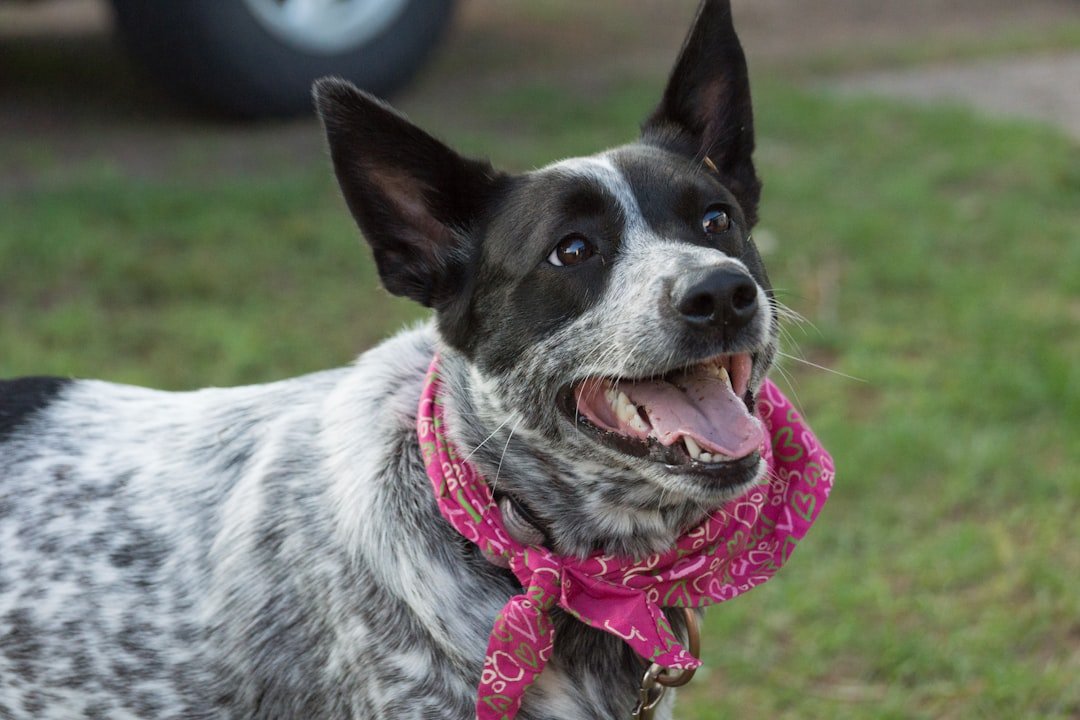
The Australian Cattle Dog is a medium-sized muscular dog that is extremely fast and has endless energy. This breed will often try to herd your other pets, which can be quite disruptive to them, causing increased tension. Imagine having a furry coworker who constantly tries to manage your every move – that’s what your cat will experience.
These dogs don’t necessarily want to hurt your cat, but their herding instincts make them incredibly pushy. They’ll nip, circle, and chase to get the cat where they think it should be. With a high prey drive and herding instinct, an Australian cattle dog is not the best breed to have with a cat. For most cats, this constant management feels more like harassment than helpful organization.
Whippets: The Lightning-Fast Hunters
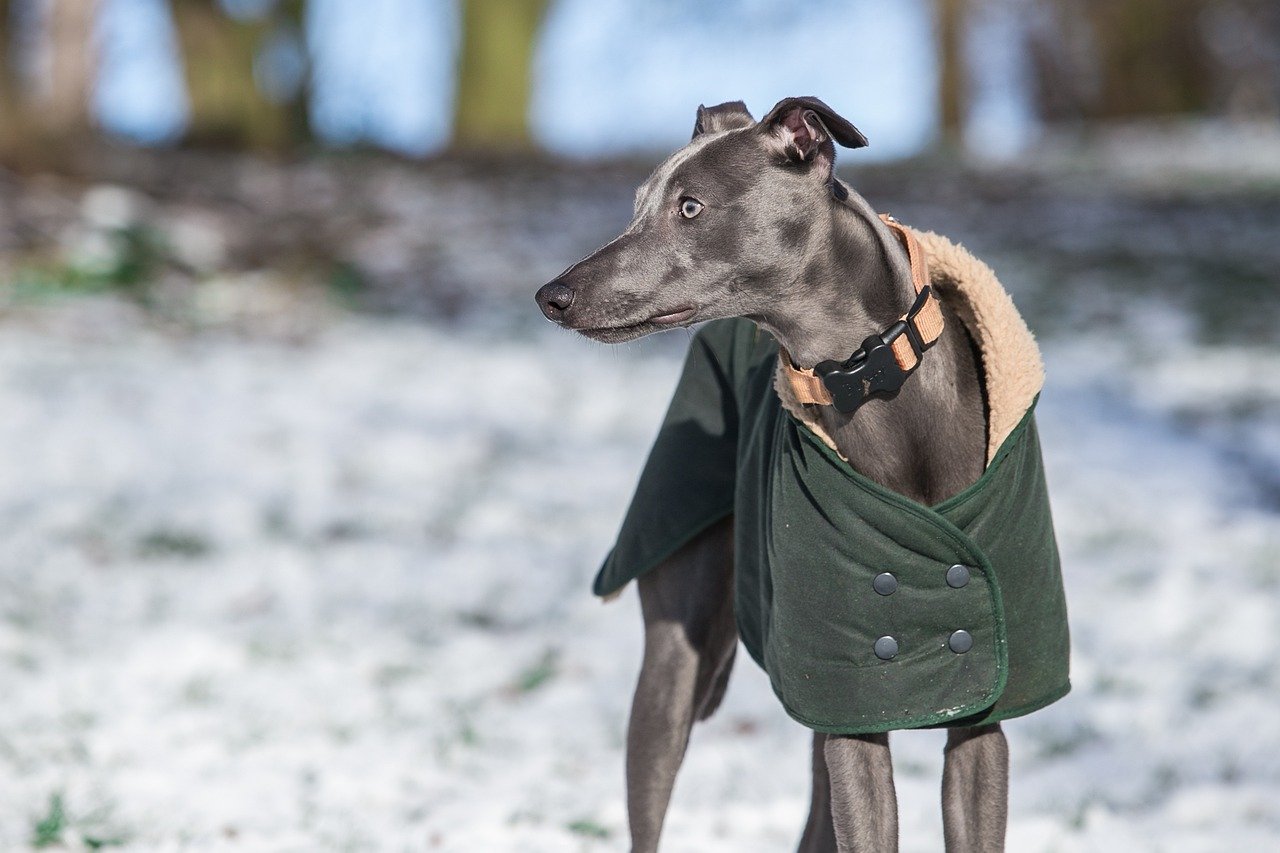
Whippets are very high-energy dogs and love to express this energy through running and chasing. They have a high prey drive and an instinct to chase smaller animals, such as cats. Whippets are also incredibly fast, which makes catching a fleeing cat very easy for this breed.
These sleek sighthounds can go from couch potato to rocket in under two seconds. When your cat runs, every fiber in a Whippet’s being screams “CHASE!” Their incredible speed means your cat won’t have much time to escape to higher ground. For this reason, whippets and cats should not be kept together, and constant supervision is required if they ever are.
Weimaraners: The Determined Hunters
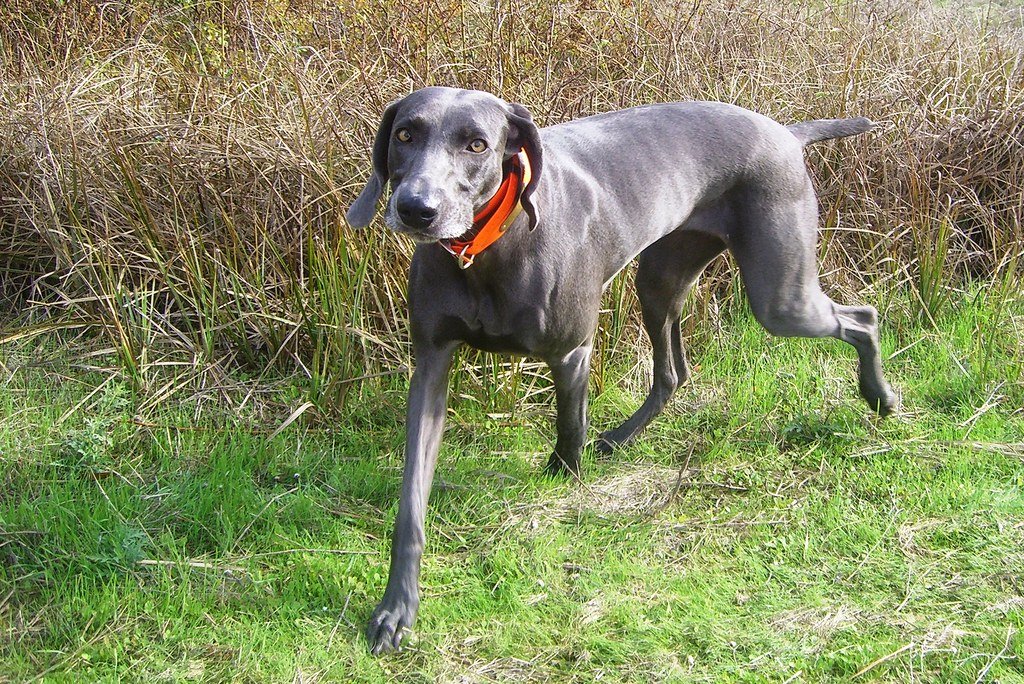
The Weimaraner is another large and slender hunting dog. It’s extremely fast and has an instinct to hunt small animals. It will often chase squirrels and rabbits in your yard and will have an impressive number of successes. It will also likely chase your cat, though proper socialization when it’s young can minimize this risk.
These “Gray Ghosts” were bred to hunt large game, so a house cat triggers every hunting instinct they possess. They’re not just fast – they’re strategic hunters who won’t easily give up once they’ve locked onto a target. Due to its hunting instinct, the Weimaraner does not do well with cats. Their size and determination make them particularly intimidating to feline family members.
Bedlington Terriers: The Alert Guardians
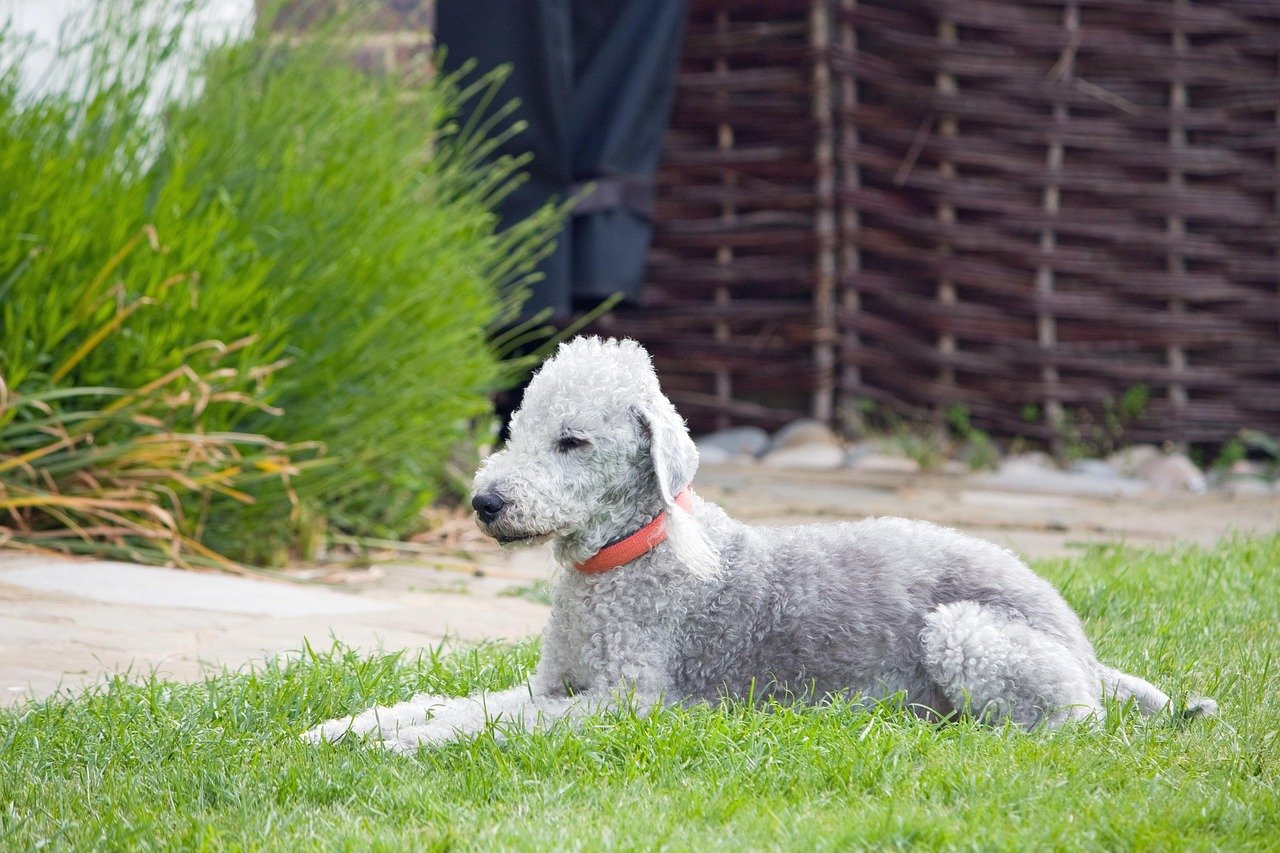
Bedlington Terriers are an alert breed, which makes them excellent watchdogs. Unfortunately, this sharp eye over their domain rarely allows intruders like cats to roam free. They will usually chase these animals away even if they have no desire to injure them.
Don’t let their lamb-like appearance fool you – these terriers have serious attitude when it comes to territorial control. Unfortunately, this breed does not do well with cats due to its alertness. While Bedlington terriers make excellent watchdogs, they will chase animals away, including cats. Generally, this breed will not get along with any pet. They view cats as trespassers rather than family members.
Yorkshire Terriers: The Tiny Troublemakers
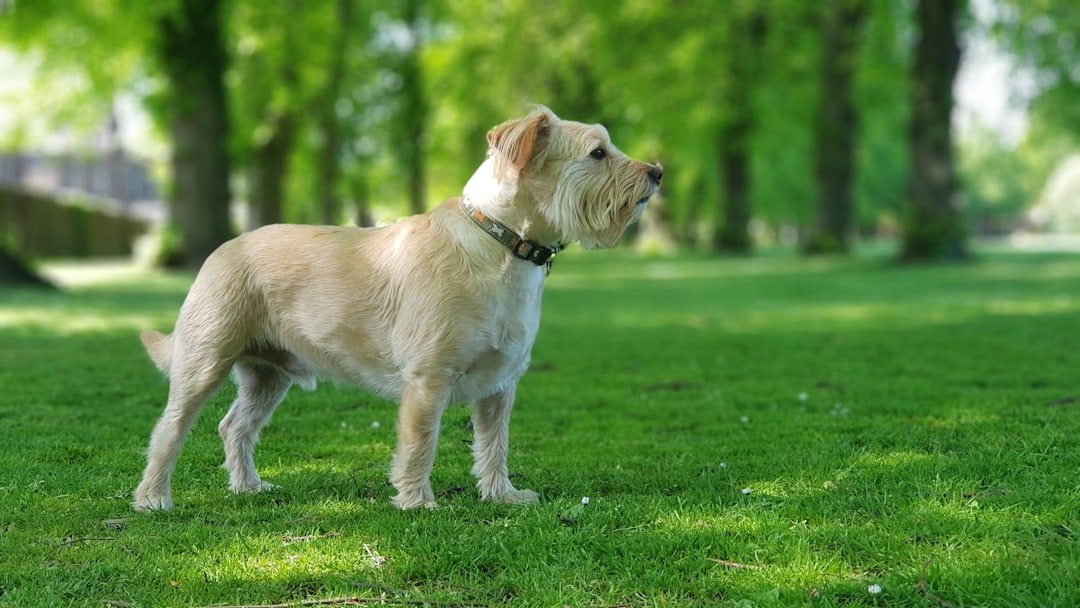
The Yorkshire Terrier is a small barky dog that is quite nosy and will often come running if it notices you are petting the cat. That being said, small animals in the yard, including cats, are likely to get chased and treated to rapid-fire barking designed to send them on their way.
These pocket-sized divas might be small, but their egos are enormous. Yorkshire Terriers: These small dogs have excitable prey drives as they were used as ratters in clothing mills. They were bred to kill rats in textile factories, which means they’re programmed to view small, quick movements as something to attack. Your cat’s playful antics could trigger this deep-seated hunting response.
Siberian Huskies: The Independent Hunters
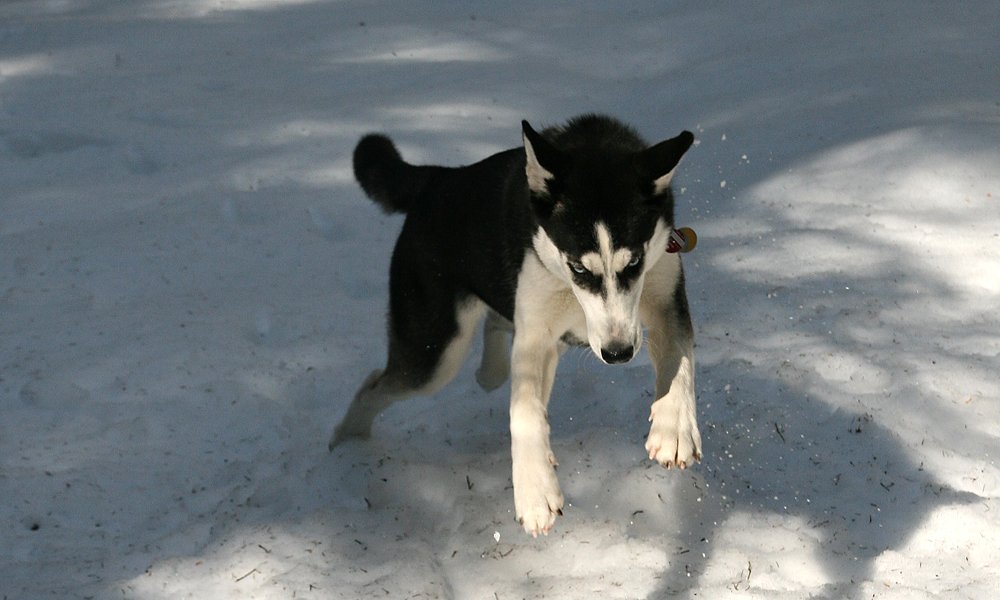
Siberian Husky: While these dogs were bred for pulling sleds, they also have a very high prey drive. These beautiful, wolf-like dogs might seem gentle, but they have strong survival instincts that include hunting for food when necessary.
Huskies are notorious escape artists who follow their noses and hunting instincts wherever they lead. The critical socialization period for puppies is 3 weeks to 14 weeks – for breeds with high prey drive (terriers, pitbulls, huskies, etc) unless they have had super saturation of careful socialization very early on, they will very likely never be trustworthy with cats or small animals. Even well-socialized Huskies might view your cat as potential prey during moments of high excitement.
Greyhounds: The Professional Sprinters
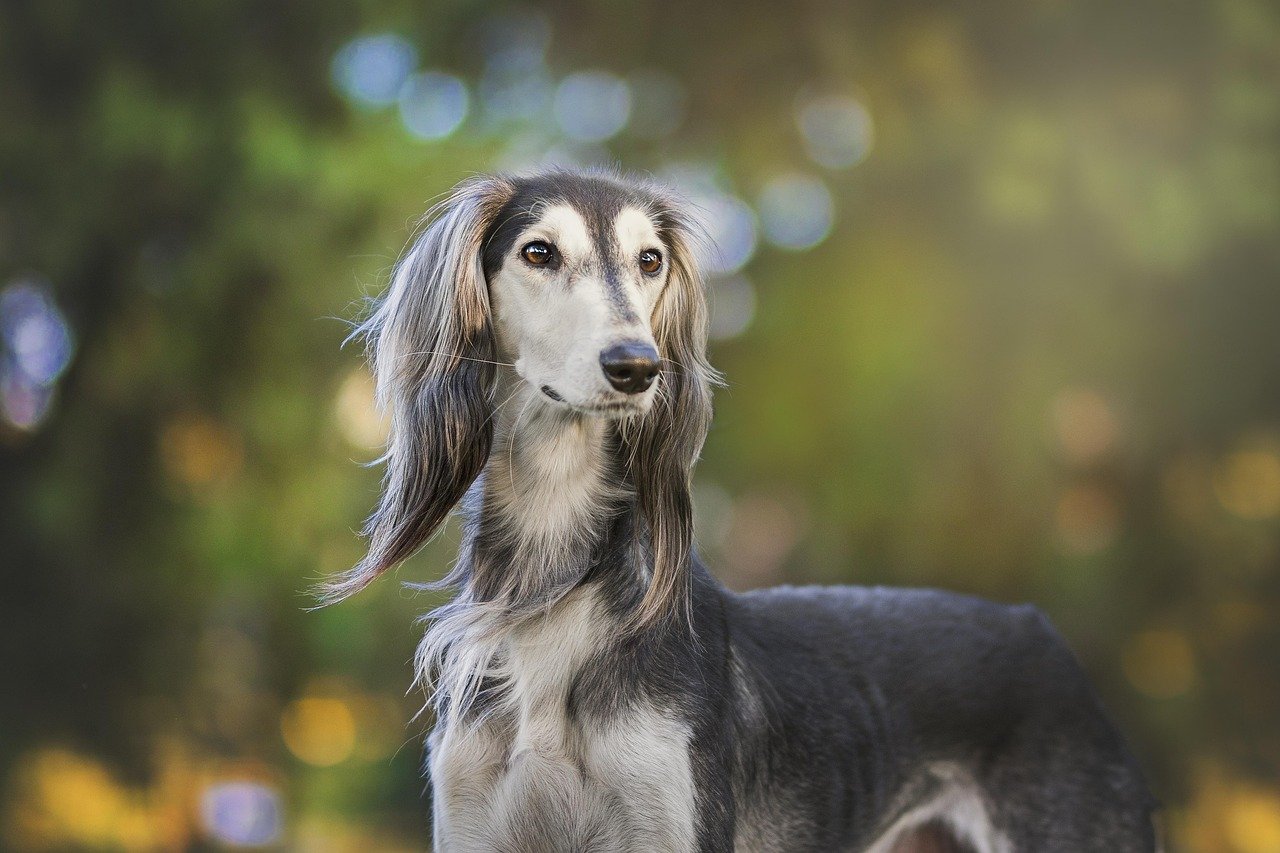
Greyhounds are bred for speed and love chasing small animals. Greyhounds are fast and have a high prey drive. Their vision is sharper than dogs with flatter faces, and they use it to move small, fast-moving animals, like your cat or rabbits grazing in the neighbor’s yard.
These retired racers might seem like couch potatoes, but their sighthound genetics run deep. That’s why sighthounds like Greyhounds and Whippets – despite their mellow reputation – are not good choices. But when they are up, their instincts urge them to chase down fast-moving prey. When something triggers their chase instinct, they transform from lazy loungers into focused hunters in seconds.
Afghan Hounds: The Elegant Predators
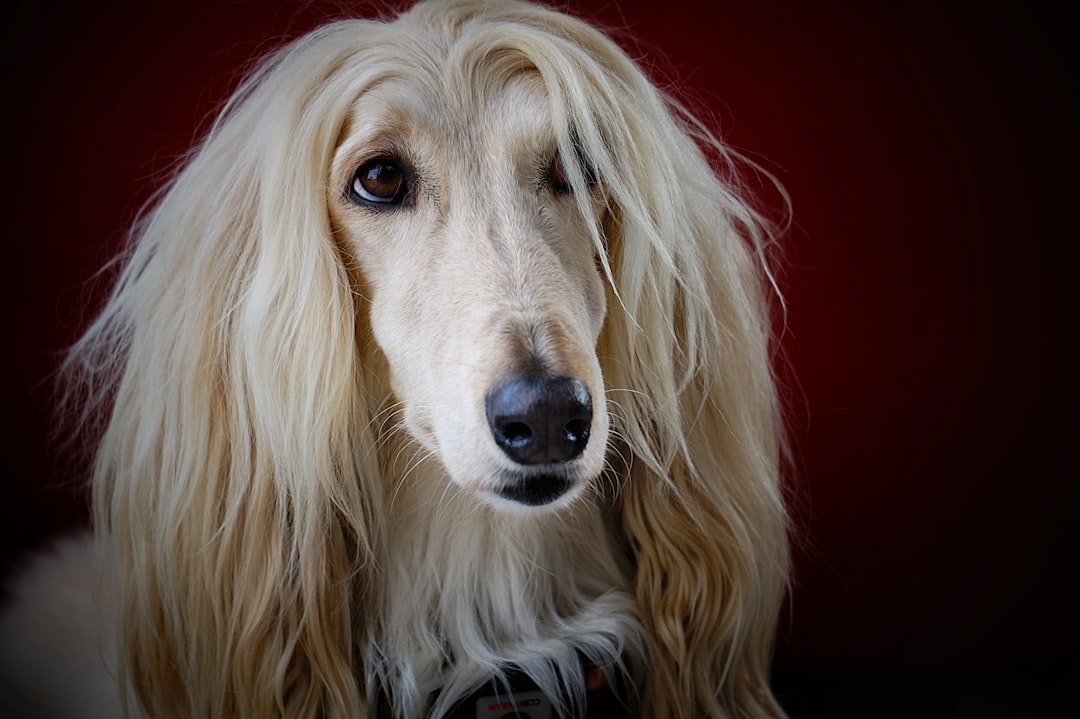
The Afghan Hound is an elegant, graceful breed with a history as a hunting dog. Known for their aloof personalities and high prey drive, Afghan Hounds are not the best match for homes with cats. Their natural instinct to chase small animals is strong, and they may view a cat as something to pursue.
These glamorous dogs with flowing coats might look like they belong on a runway, but they’re actually skilled hunters. These glamorous pooches are among the ancient dog breeds, and maybe that is why they are so keen about hunting for survival, like their wolf ancestors. Afghan Hounds were bred for coursing and hunting, and require a constant leash to control them on walks. Their ancient hunting heritage makes them unreliable around cats, even with training.
American Staffordshire Terriers: The Focused Hunters
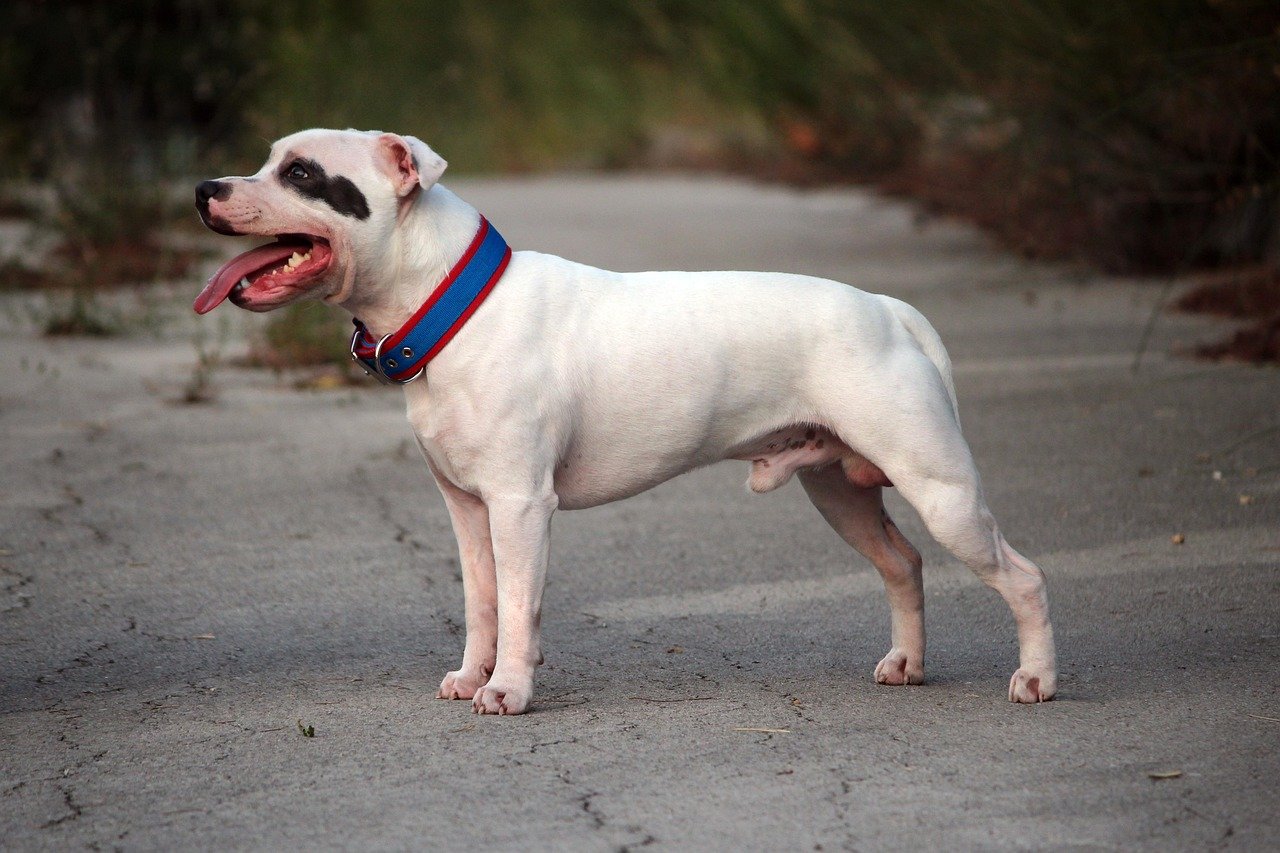
They have a very high prey drive and tend to become hyper-focused on small animals, children, and anything running or making high-pitched noises. These dogs should always be very closely supervised around children and small animals. When these powerful dogs lock onto a target, their focus becomes tunnel-vision intense.
Their muscular build and determination make them formidable when their prey drive kicks in. They are prone to chasing cats and other small animals, especially if they run, so caution should be used on walks because they can be strong. Even the most well-trained Staffie can struggle to resist chasing a running cat – their genetics simply override their training in moments of high excitement.
Conclusion
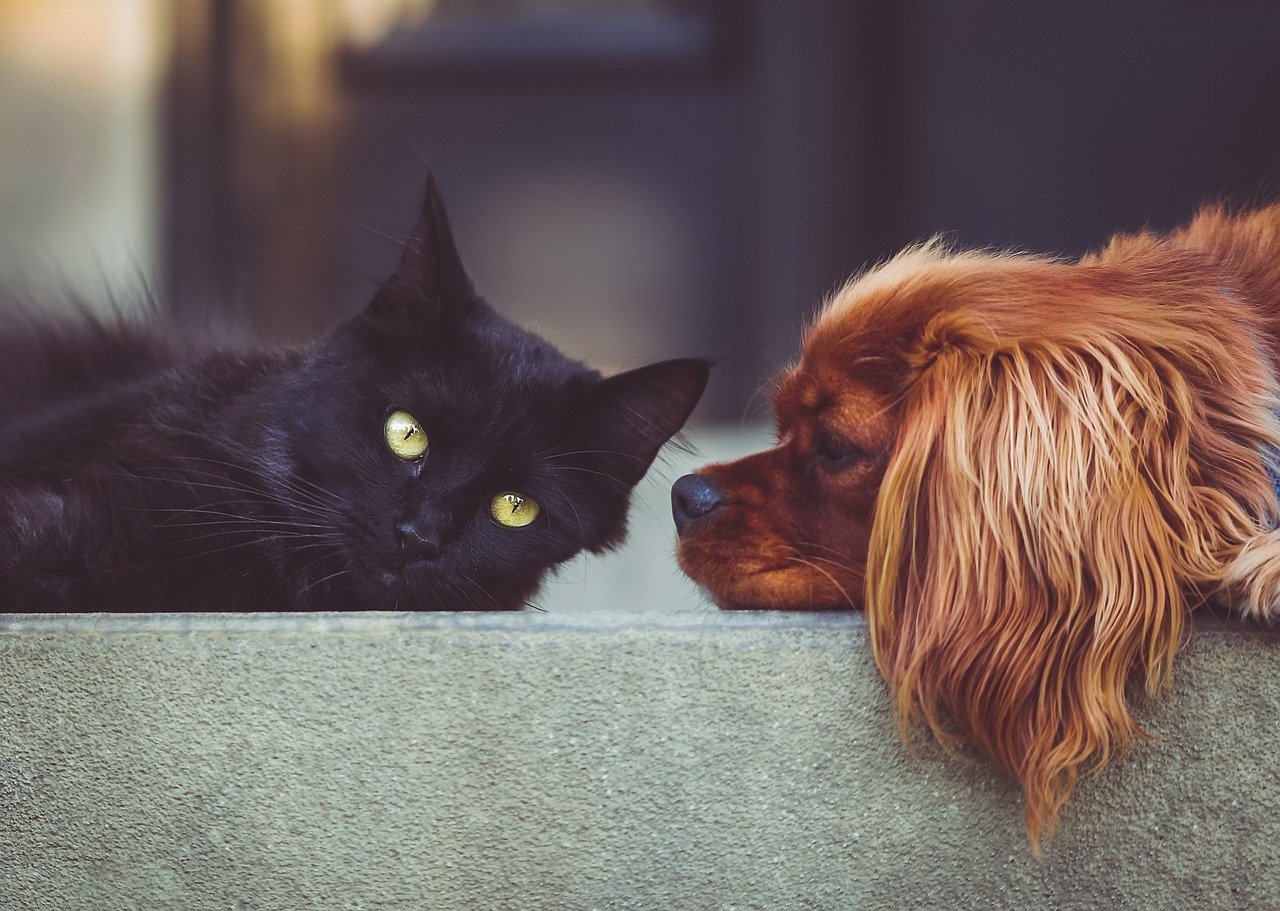
Understanding your dog’s breed-specific instincts isn’t about labeling them as “bad” dogs – it’s about setting everyone up for success. These breeds aren’t naturally evil or aggressive toward cats; they’re simply following thousands of years of genetic programming that tells them to chase, hunt, or herd anything that moves quickly.
If you already have one of these breeds and a cat, don’t panic. With proper management, early socialization, and sometimes professional help, many dogs can learn to coexist peacefully with feline family members. However, if you’re choosing a new dog for your cat-loving household, you might want to consider breeds with naturally lower prey drives.
Remember, every dog is an individual, and there are always exceptions to breed generalizations. But when a cat’s safety is at stake, it’s better to choose a breed that’s naturally inclined toward peaceful coexistence rather than one that views your kitty as the ultimate squeaky toy.
What surprised you most about these breeds and their relationships with cats?

Andrew Alpin from India is the Brand Manager of Doggo digest. Andrew is an experienced content specialist and social media manager with a passion for writing. His forte includes health and wellness, Travel, Animals, and Nature. A nature nomad, Andrew is obsessed with mountains and loves high-altitude trekking. He has been on several Himalayan treks in India including the Everest Base Camp in Nepal.






